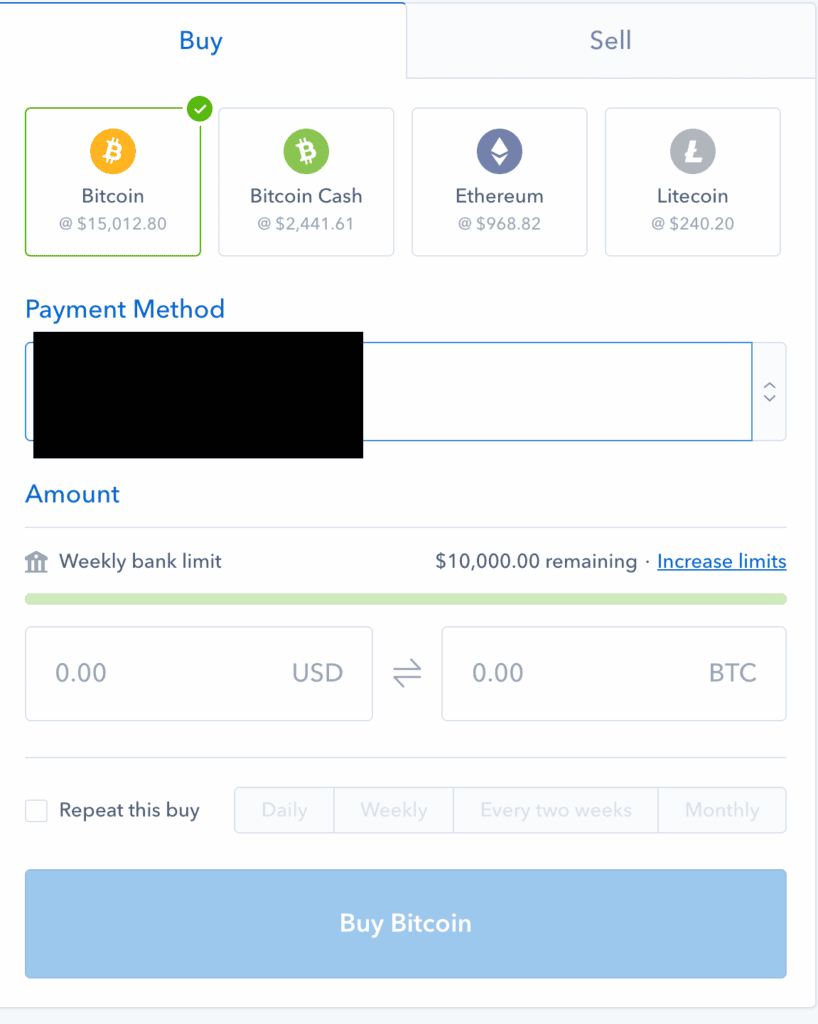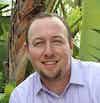 Monero (XMR) is an alt coin that differentiates itself from other cryptocurrencies through its strong use of privacy. Or as Monero’s website states, it is a “private digital currency”. It is currently ranked #13 on coinmarketcap.com.
Monero (XMR) is an alt coin that differentiates itself from other cryptocurrencies through its strong use of privacy. Or as Monero’s website states, it is a “private digital currency”. It is currently ranked #13 on coinmarketcap.com.
In this article, we’ll dig more into what Monero is, how it is different from other cryptocurrencies and how to invest it.
What Is Monero?
Monero launched in April 2014. It was previously called Bitmonero. Starting at a price of around $2.47, it began climbing Aug. 22, 2016, and now stands at $310.47. It has a circulating supply of 15,636,799 XMR, which is less than BTC. This means the cryptocurrency has the potential to continue rising in price. Compare XMR’s supply to that of other popular alt coins such as Ripple, which stands at 38,739,142,811 XRP. Or over 2477 times more than XMR.
Monero has a vibrant developer platform, consisting of 30 developers. Continued innovation is critical for any alt coin that wants to set itself apart and Monero seems to be investing in that area. Other alt coins like EOS also have strong development teams.
Monero is similar to BTC in that it is digital currency. Like many alt coins, Monero has a few additional features that do differentiate it from BTC.
How Is Monero Different?
There are three main aspects of Monero’s privacy, which we’ll go over more: security, privacy, and the inability to be traced.
Basically, Monero hides its users and transactions. A user can choose to hide all traces of their transactions, including who they are, details about how much currency was exchanged and any information about who they executed a transaction with. Monero does this by using stealth addresses to generate encrypted addresses that can’t be linked to previous transactions.
All Monero transactions are private. They don’t show up on the blockchain, making them untraceable transactions. Part of the technology behind Monero includes ring confidential transactions, which hides the amount of Monero being sent. It inherently prevents any one from checking account balances of others.
Also, ring signatures are used, helping create multiple fake signatures. By having multiple fake signatures, it’s nearly impossible to link transactions to a user.
As to be expected, this type of obfuscation is drawing interest from the FBI.
Monero uses dynamic block sizes. Miners can choose to take a bigger or smaller transactions depending on the volume of the network. Proof of work verifies transactions and prevents malicious attacks.
Block rewards don’t drop below 0.3 XMR. Inflation is set at 0.3 XMR per minute.
Monero is a Cryptonote coin. In fact, it is one of the first. Cryptonote is an application layer protocol. It’s the reason Monero can provide many of its privacy features.
Cryptocurrencies built with Cryptonote can use decentralization, privacy, fungibility, ring signatures, egalitarian proof of work. Monero uses all of these features.
As mentioned earlier, Monero has a community of 30 developers and is open source, using popular, reliable languages such as C++.
How To Invest In Monero
As with many alt coins or those that aren’t a base currency, you can’t buy XMR directly. Instead, there is a round about way to purchase XMR. The flow looks like this: Buy BTC through Coinbase then transfer to Cryptopia, where you can buy XMR with your BTC.
Let’s walk through the process in detail.
1. Create A Cryptopia Account
The first thing you need to do is setup a Cryptopia account.
Cryptopia is a popular choice because it allows crypto-to-crypto transactions from companies like Coinbase. It’s important to note that you can’t send money to Cryptopia. You have to go to Coinbase -> Exchange (Cryptopia) -> XMR.
So, you’ll always need two accounts:
- Cryptopia: which you can signup for here
- Coinbase: Coinbase gives you $5 in free Bitcoin when you signup and make your first trade.
Hopefully, this changes soon, but that’s how it goes today.
2. Buy Bitcoin or Ether on Coinbase
Once you have a Cryptopia account setup, you need to buy Bitcoin or Ether on Coinbase.
It’s very easy to do once you have a Coinbase account setup. You simply go to the Buy/Sell page and enter your information. Then, your Bitcoin will be in your wallet and you can move to step 3.

3. Transfer Your Bitcoin To Cryptopia
Once you have your Bitcoin or Ether in your Coinbase account, you can transfer it over to Cryptopia. This is also fairly easy to do.
In your Cryptopia account, go to your balances then wallets and you can see all the different coins you can hold in your account.
In our case, we’re transferring over Bitcoin, so click on Bitcoin, and you’ll see a Wallet Address generate. Here’s what most look like:

Once you have that address, you go back to Coinbase, choose “Accounts”, and then “Send.” You’ll see this screen come up where you can send your Bitcoin to the address generated in Cryptopia:

4. Buy XMR
Once you have your Bitcoin in your account at Cryptopia, you can finally buy XMR.
In your Cryptopia account, execute the XMR/BTC (or XMR/ETH) exchange.
Once you place your trade, it will show up in your Cryptopia account.
Final Thoughts
Monero offers the advantage of completely private transactions. While this may attract a certain crowd that is trying to hide illegal activities, there are plenty of reason to keep transactions private.
Some reasons may include simply not wanting others to know you are transacting with a cryptocurrency. You might want to keep the amounts private or you could simply want to remain anonymous.
Monero still has a circulating supply that is smaller than BTC, which could make it a great investing opportunity. Coupled with the ability to remain anonymous and there are plenty of reasons someone might look into investing in Monero.
Let us know your thoughts on XMR in the comments!

Robert Farrington is America’s Millennial Money Expert® and America’s Student Loan Debt Expert™, and the founder of The College Investor, a personal finance site dedicated to helping millennials escape student loan debt to start investing and building wealth for the future. You can learn more about him on the About Page or on his personal site RobertFarrington.com.
He regularly writes about investing, student loan debt, and general personal finance topics geared toward anyone wanting to earn more, get out of debt, and start building wealth for the future.
He has been quoted in major publications, including the New York Times, Wall Street Journal, Washington Post, ABC, NBC, Today, and more. He is also a regular contributor to Forbes.
Editor: Clint Proctor Reviewed by: Chris Muller
